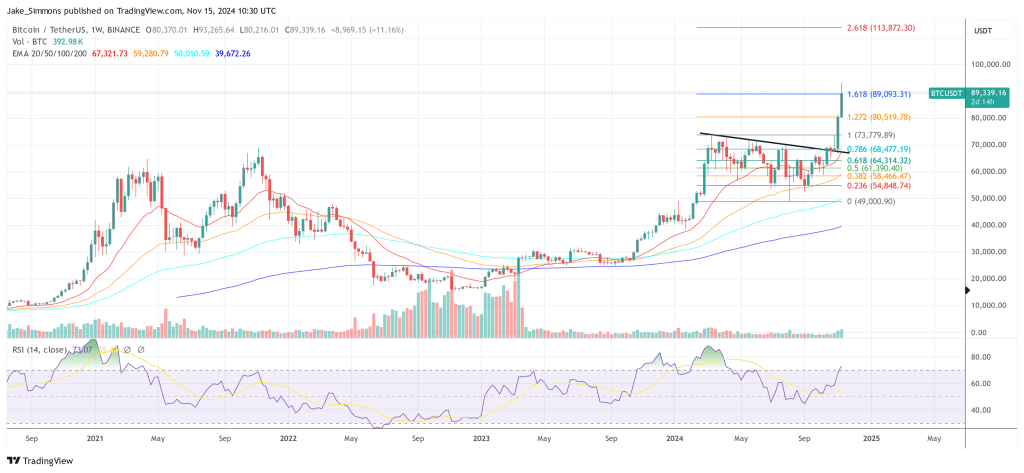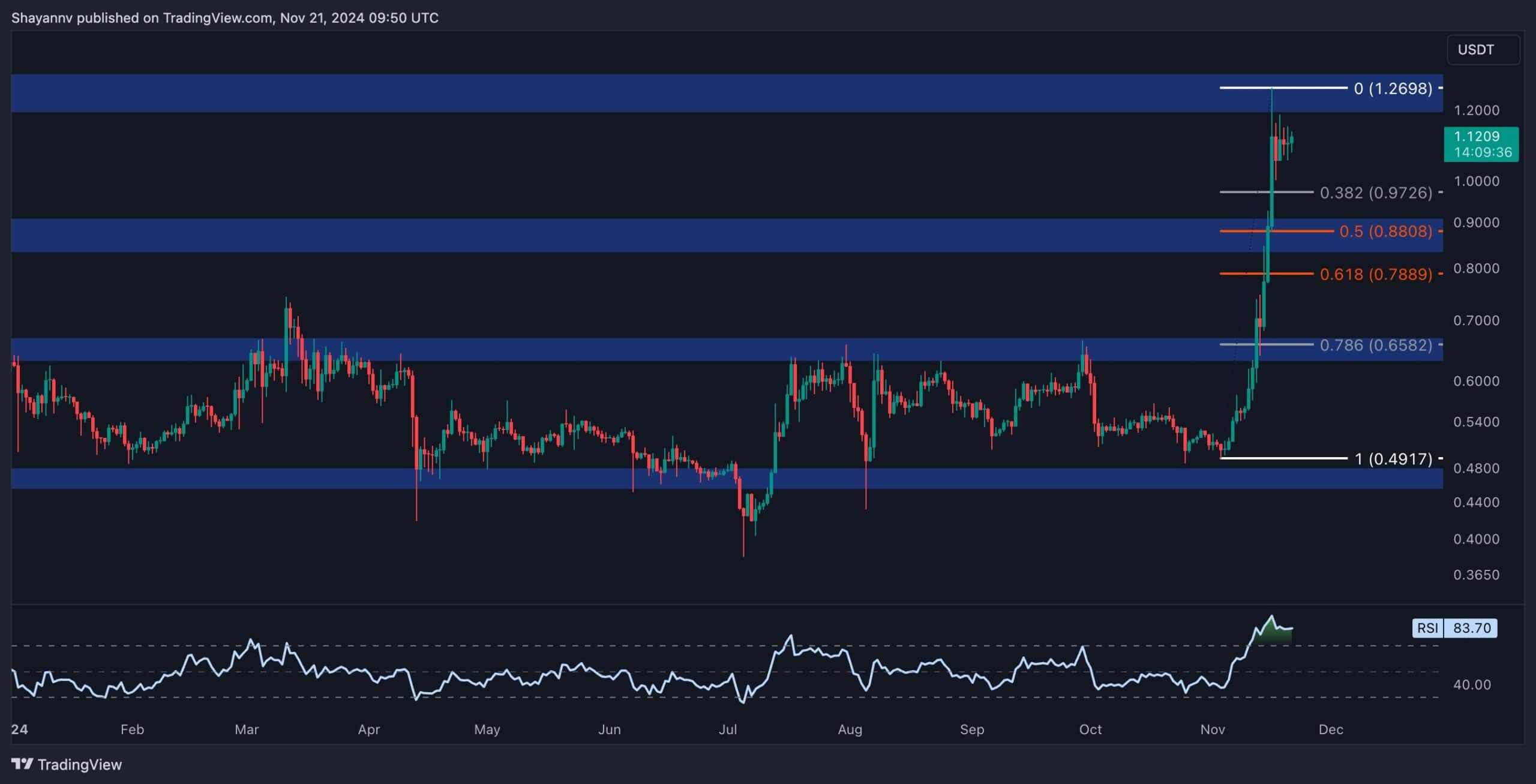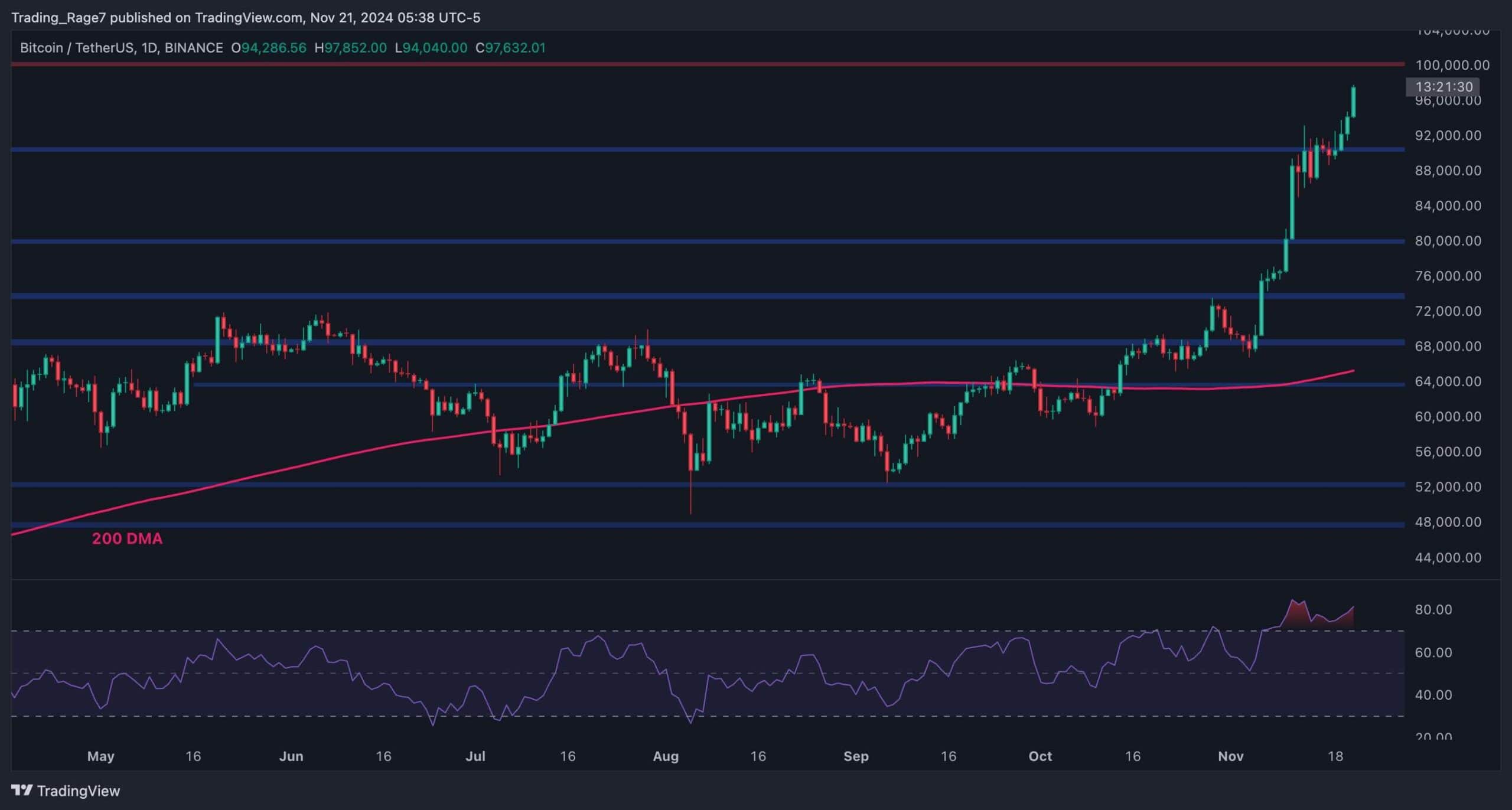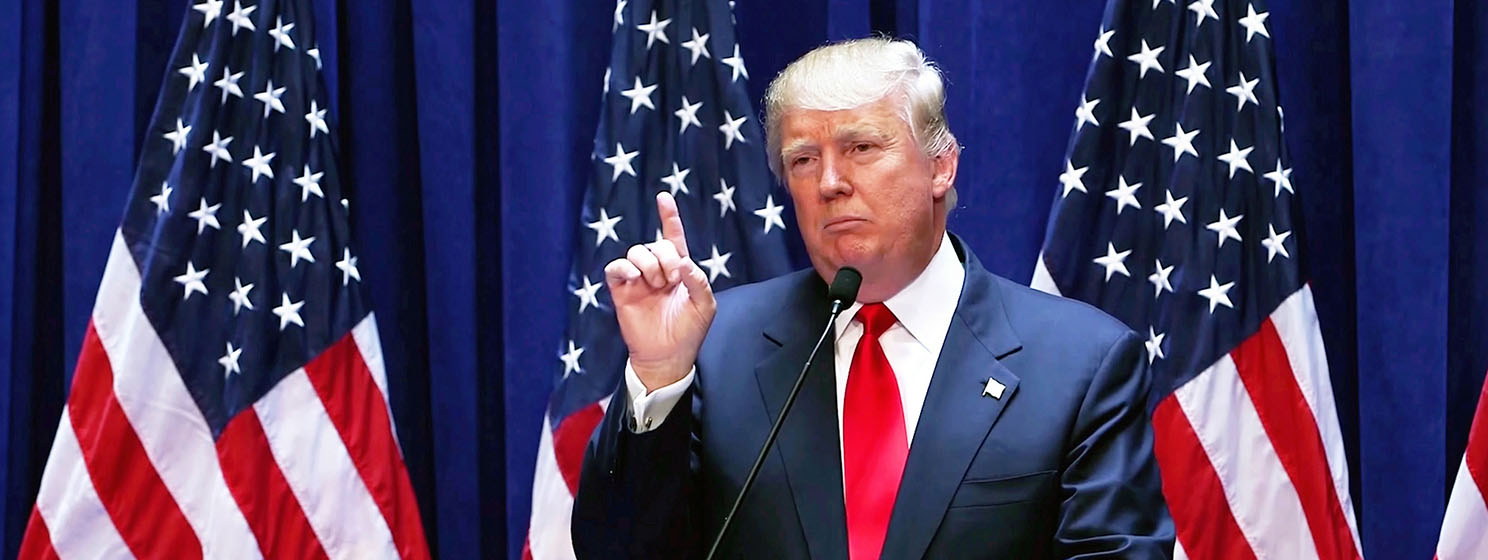At the Bitcoin 2024 conference in Nashville, Donald Trump unveiled his proposal to establish a Strategic Bitcoin Reserve (SBR) for the United States upon his return to office. The plan has swiftly captured widespread attention, particularly in the wake of Trump’s US electoral victories securing majorities in both the House of Representatives and the Senate.
“Establishing a Strategic Bitcoin Reserve will position the United States at the forefront of the digital economy, ensuring our financial sovereignty and economic resilience,” Trump declared during his keynote at the conference. However, it is still unclear if this is permitted by law.
A new legal analysis conducted by the Bitcoin Policy Institute, authored by attorney and startup advisor Zack Shapiro, examines the feasibility of Trump’s proposal within the existing legal framework. Shapiro explores whether the establishment of an SBR is permissible under the authority of the US Department of the Treasury, particularly through the utilization of the Exchange Stabilization Fund (ESF).
“The Exchange Stabilization Fund (ESF) is a potent yet underutilized financial instrument that could theoretically be leveraged to acquire Bitcoin as a strategic asset,” Shapiro explains. “The ESF’s mandate, codified in 31 USC. § 5302, grants the Secretary of the Treasury broad discretion to manage assets that stabilize the value of the US dollar.”
The ESF, established in 1934 under the Gold Reserve Act during the Great Depression, was initially funded with $2 billion from the revaluation of US gold reserves. Its primary purpose was to stabilize the US dollar and manage international monetary concerns, providing the Treasury Secretary with the flexibility to intervene in foreign exchange markets without direct congressional approval.
Shapiro notes that while the ESF was originally focused on traditional assets like gold and foreign currencies, the statutory language does not explicitly limit the types of financial instruments that can be utilized, provided they serve the purpose of stabilizing the dollar.
To determine the legality of the Treasury Department using the ESF to purchase BTC, Shapiro addresses two critical questions. First, can the ESF legally acquire BTC under its authorized asset categories? Although Bitcoin does not fit neatly into traditional classifications such as gold or foreign exchange, Shapiro posits that BTC could be integrated through instruments of credit.
“While Bitcoin itself is not an instrument of credit, the Treasury can engage in transactions where Bitcoin is acquired through such instruments,” Shapiro elaborates. This might involve the ESF purchasing Bitcoin-denominated debt obligations from qualified counterparties, such as financial institutions or BTC mining companies, with repayments structured in BTC upon maturity. This approach aligns with the ESF’s authority to “deal in… instruments of credit.”
The second question concerns whether acquiring BTC would fulfill the ESF’s statutory purpose of stabilizing the exchange value of the dollar. Shapiro argues that given the unprecedented levels of US national debt and concerns over long-term economic stability, incorporating Bitcoin—a decentralized currency with a fixed supply—could enhance trust in the US financial system.
“Bitcoin’s fixed supply and deflationary nature present a credible hedge against inflation,” Shapiro asserts. “By adding Bitcoin to the national balance sheet, the US can enhance fiscal responsibility and signal innovation, potentially stabilizing the dollar’s exchange rate over the long term.”
Shapiro further outlines the practical mechanisms through which the Treasury could acquire Bitcoin using the ESF. He suggests that the Treasury could utilize convertible instruments of credit, such as bonds or notes issued by qualified counterparties that promise repayment in BTC upon maturity.
“This mechanism allows the Treasury to acquire Bitcoin without directly purchasing it on the open market, thus avoiding potential market disruptions or price spikes that could result from large direct purchases,” Shapiro explains. He concludes: “The ESF was created to provide the Treasury with the flexibility to intervene in foreign exchange markets without direct congressional approval.”
At press time, BTC traded at $89,339.
 BTC needs to close above the 1.618 Fib, 1-week chart | Source: BTCUSDT on TradingView.com
BTC needs to close above the 1.618 Fib, 1-week chart | Source: BTCUSDT on TradingView.comFeatured image created with DALL.E, chart from TradingView.com

















 English (US) ·
English (US) ·